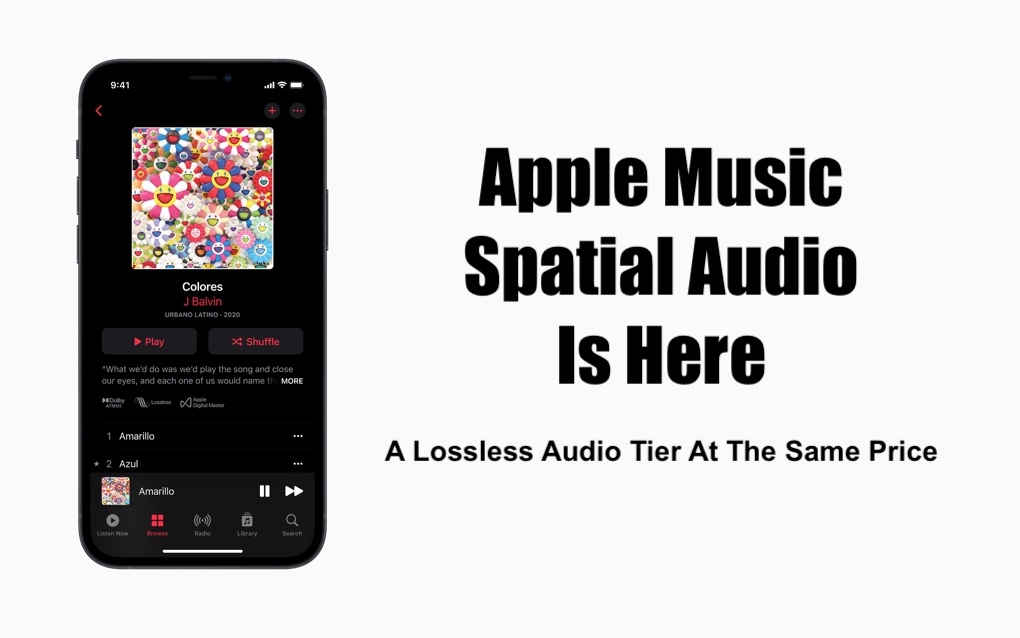The New Era Of High-Fidelity Music Finally Begins With Apple Spatial Audio

If you’ve read this blog for any length of time, you know that I’ve been predicting Apple would release its long-awaited high-fidelity music tier any time now. Of course, I’ve been predicting this for the past 5+ years, but with today’s announcement of the launch of its Spatial Audio service that prediction will finally come to pass.
Apple has been collecting high-resolution tracks under its Mastered For iTunes program (now called Apple Digital Masters) since 2012, so it was logical that it wouldn’t take much to turn on the spigot for a hi-fi tier at almost any time. By the way, Apple denotes hi-res as a recording submitted at the 24 bit level and preferably at 96kHz, although lower is acceptable as long as it’s 24 bits. Spatial Audio is based on support for the Dolby Atmos immersive audio codec with a catalog of more than 75 million tracks, although most of them are lossless but not encoded in Atmos.
And It Costs The Same
What no one was expecting is that the price for Spatial Audio will remain the same as for the lossy Apple Music tier – $9.99 per month for a single user, and $14.99 per month for the family plan. Almost instantly Amazon Music also announced that it was lowering the price for its hi-res tier to $9.99 per month as well, putting pressure on services like Deezer, Tidal and Qobuz that still have their hi-fi tiers price substantially higher.
Of interest here is that Spotify announced that it will launch a high-fidelity service in February but never discussed pricing. The expectation was that the company would bring it out as a higher priced product, but Spotify might now be pressured into the status quo of keeping the price the same as its lossy tier.
Make no mistake about it, Spatial Audio is a giant move forward when it comes to the distribution of higher fidelity audio. It puts pressure on creators to make their tracks sound as good as possible, and it puts pressure on the competition to rid themselves of crappy lossy codecs in favor of a lossless solution. And considering the price is the same as for the lossy tier, it’s a win for everyone.

